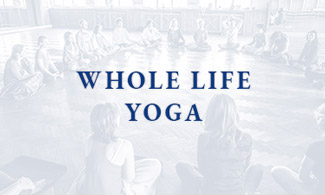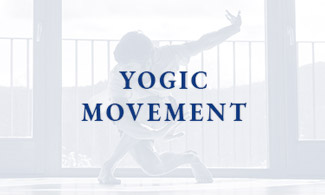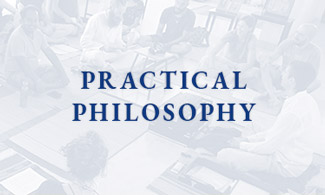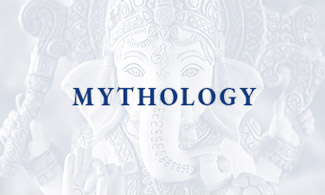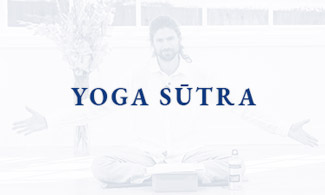
Full Moon Reflection
This was first hand written coming out of shavasana one warm February morning in Mysore. It was the day after a full moon puja and satsang where I first really spoke about the power of satsang, a topic that I have returned to frequently over the subsequent months. I tweaked it a little, drawing on what I had spoken on over the subsequent months when I typed it up in November 2011. It’s perhaps not so much an article, but more a summary of spoken sharings on this topic.
Hope you enjoy it.
Let us be alchemists. Let us be the lamps…
The bright light of a full moon in a dark night sky has power to captivate and allure. But how does it do this? Where does it get its light from? It is not its own. Just like us, just like everything else in the creation, its capacity to shine is only possible because it is really a partial embodiment of ‘prakash’, the self-effulgent light of consciousness that is the underlying essence and source of all that we see and experience in this manifest realm of constant change and wonder. In the case of the moon, its capacity to shine is because of the sun. Just like us really. In yoga, why do we practice Surya Namaskara? What is it that we are bowing to, surrendering and offering to? The sun, yes, but not just the golden orb of nuclear explosions in the sky, but the sun as paramount symbol of the infinite light of consciousness, the true light and animating force of the world. And as we practice Surya Namaskara, we do not only bow to that supreme symbol of the self-effulgent light of consciousness that is the sun in the sky, the bringer of the day, the dispeller of darkness, but also to that sun, that light of consciousness that is always shining in our heart of hearts, that is the infinite light of pure consciousness.
The sun is such a great symbol of this. Always shining, always doing its job, it shows us how to realise, recognise our true self: by always being true; by always doing what we are supposed to; by being authentic to our deepest self; by acting in ways that foster integration. Yoga, as the practice of unification, teaches us to cultivate oneness of our speech, mind and actions. It works so powerfully because it works with the reality of human nature, teaching us what it’s like to feel integrated and concerted action of our bodily, sensual, mental and emotional spheres. And what is that like? It feels so great that we want more of it, that state in which each part of the system is included and nourished. Once the innate intelligences in each of our constituent parts: our bodies, our senses, our minds, our hearts; start to experience what it’s like to work together in cohesive harmony, they rejoice and revel in it, and if we have the courage, presence and awareness to encourage this state of integration a few times in fairly quick succession, the whole system will start to conspire to facilitate the maintenance of that deeper level of integration and steady ease, so as to prepare us for the next stage of evolution, the next level of clearing out and moving on. Still, the path of change and development can sometimes feel a lonely one, as if the mainstream of society is flooding towards us, against us, in directions contrary to our highest interest. And this is why satsang, the coming together of kindred spirits to seek truth, is so treasured in the yogic tradition.
…
On a dark, new moon night, in the desert, or out at sea, in a place relatively bereft of light pollution, I am reliably informed that one can see by starlight. The proverbial ‘glittering firmament’ really does glitter. On my only, but very memorable overnight visit to a desert, I experienced the mesmerising beauty of the star-filled sky drawing my eyelids up even while sleep would fain pull them down so as to give me longer to revel in the spellbinding glory of the clear, desert sky.
In Mysore, I have been struck time and again by the beauty of the moon. Sanskrit poetry is full of allusions to the way that the full moon captivates the hearts of men. Studying in Mysore this makes sense. This last full moon (February 2011) was supposed to have been the ‘largest’, in its being closest to Earth, for twenty years. However, in Mysore, the full and near-full moon often seems enormous and close and quite captivating if one is out and about during the hours of darkness. It is even sometimes bright enough to read by.
But then, during those months of the clear skies, what happens when the sun rises? The previous seeming brightness of the stars on a clear new moon night, even the brightness of the risen full moon: these fade into insignificance. They no longer look bright in comparison to the light of the risen sun.
Similarly, when we tune in – and the practice of yoga is designed to help us do this – to that realm of inner light, splendour, richness and glory, and we experience the steady ease of our own innate fullness, the allure of the comings and goings of the material world begins to fade as it is superseded by the richness we touch inside. The previously ‘bright’ and glittering distractions of the fleeting externals begin to pall and gradually lose their hold over us as we see more clearly the way to real, sustainable happiness. As we feel this, it begins to transform us and so help make us into agents of transformation.
And so, while we may just be like little lamps, as we gather in satsang, these lamps can catch a fire and lead humanity home to the dawn of a golden new age.
One might ask how can we do this? The classical recipe is to tune in to that glorious inner light. When we do this, its residual effect in the system helps us and influences us to act in a way that is more conducive to our maintaining the harmony and cohesion that makes it easier for us to sustain and deepen that feeling of inner richness. As this happens, we may feel our external life flowing more smoothly, our interactions becoming richer and more instructive. Our lives become characterised by a greater quality of grace. That which is graceful is attractive, it can have great allure and powerful influence. As our actions are infused with this, they begin to have a more graceful influence in the spheres around us, whether we notice this or not.
What does every human long for? Surely it is to feel established in love, in peace, in fullness: to feel fully ourselves. Yoga is the practical means for us to do this. As we keep practising and diving into the support of that inner light, we become gradually, steadily, more and more suffused by it, we start shining brighter, so automatically we become leaders towards a new age. When we meet or share time and space with people clearly doing what they were born to, clearly being fully authentically themselves, how does it feel? Is it not inspiring, encouraging? The truth is that when we have the courage to be ourselves, we unveil more and more of the glory that is our true selves, and we automatically encourage others to do the same.
When we gather in satsang and share, openly in each others’ light and support, we get inspired and further brightened by it. And what happens to one lamp when it lights another? It is not diminished at all, but by giving of itself freely, its influence rather expands and grows.
And so it is with us. There is a beautiful episode in Ramayana that illustrates the way that little lamps can catch a fire and lead us to a golden dawn.
Fourteen years after Rama, Sita and Lakshmana went into exile, it is a dark new moon, no moon night. On the outskirts of Ayodhya, a washer woman steps out of her humble dwelling to look at the stars in the night sky. However, it is a night of thick cloud, and not even any starlight reaches down to the landscape below. Looking out into this sea of utter darkness, she thinks to herself: ‘It is fourteen years to the day. Rama should be returning tonight, and the place so dark, not even a single lamp to light him home. This just won’t do!’ And she wants to do something about it. She is a woman of modest means and has no oil in her house…except a little, that she had been keeping for her hair. ‘This will do,’ she says to herself, ‘at least there will be one lamp to signal that they are nearing home.’ And then, as she is lighting the lamp, she has the thought, ‘Besides, it might be just one little lamp, but maybe other people will get the idea if I light this one.’ And so it is. Even as the washer woman is lighting her lamp, across the valley, another householder sees it and remembers that Rama is due back. There is no shortage of oil in her house and she places out several lamps. And so it catches, other people see the light(s) and are reminded; and before long, the valley, only moments before an apparent sea of utter darkness, is now aflood with shimmering, golden lamps. Then, in the morning, Rama, Prince of the House of the Sun, symbol of the love and light of pure consciousness, is returned, and then enthroned, to rule in dharma and glory.
And so it will be for us. Let us hold the courage to be true to ourselves, to tune in to our deep, innate wisdom and act from that energetic space of cohesion. Let us be the lamps that guide humanity back to our true potential. Let us open to our inner light and let us continue to support each other.
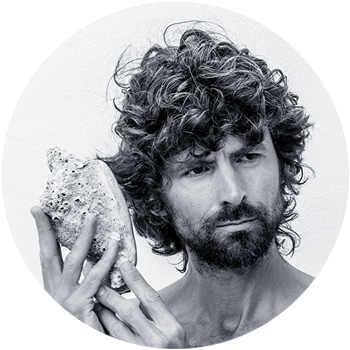
James Boag | Whole Life Yoga
The yoga of the whole human being. Practical philosophy, storytelling, movement, inquiry, looking in ways that reach beyond our habitual ways of looking.
Listen to James’ unique whole life yoga perspectives on the WHOLE LIFE YOGA podcast.

